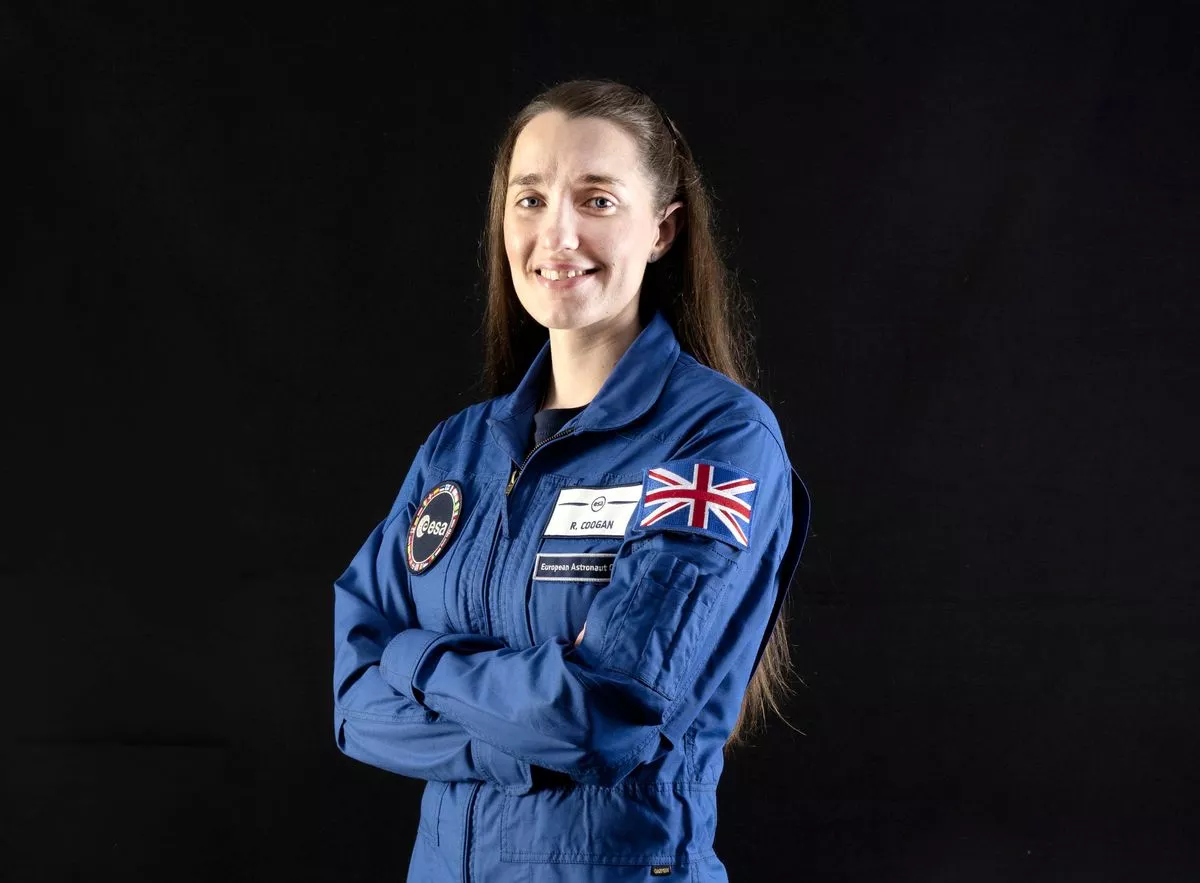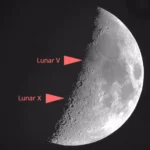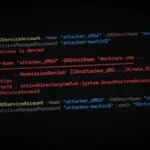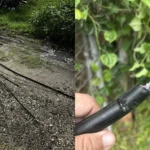Dr. Rosemary Coogan, a highly accomplished British astronaut, is currently undergoing rigorous training with her sights set on potential historic space missions, including the ambitious goal of becoming the first Briton to walk on the surface of the Moon.
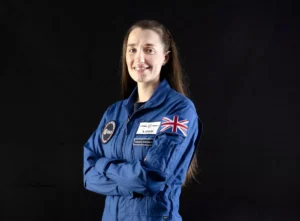
Having graduated from the European Space Agency’s (ESA) demanding astronaut training program last year, Dr. Coogan is now immersed in advanced preparation at NASA’s Johnson Space Center in Houston, Texas, gaining the skills necessary for future voyages beyond Earth’s atmosphere.
From Academia to Astronaut: A Journey of Distinction
Dr. Coogan’s path to becoming an astronaut is marked by exceptional academic achievement and dedication. She holds degrees in physics and astronomy from Durham University and a PhD in astronomy from the University of Sussex, providing a strong scientific foundation for her space career.
Her selection into the ESA astronaut training program in 2022 was a remarkable feat, as she was chosen from an applicant pool of over 22,500 hopefuls, a testament to her outstanding qualifications and potential. After successfully completing her basic training last year, she is now undergoing further specialized preparation, with plans underway for her first mission to the International Space Station (ISS) scheduled before 2030.
Intensive Training for the Space Environment
Preparation for life and work in space involves a multi-faceted and incredibly demanding training regimen designed to simulate the unique conditions and challenges astronauts face. Dr. Coogan’s recent months at NASA’s Johnson Space Center have included extensive simulation training within a life-size replica of the International Space Station.
This environment is crucial for helping astronauts adapt to the close quarters and complex layout of the orbiting laboratory, preparing them for the reality of living and working in a confined space for extended periods.
A vital part of astronaut training involves preparing for extravehicular activities (EVAs), commonly known as spacewalks. To simulate the microgravity environment of space for these complex maneuvers, astronauts train in a massive pool known as the Neutral Buoyancy Laboratory (NBL).
Here, Dr. Coogan and her fellow trainees have practiced assembling and repairing equipment while submerged, getting accustomed to the tools and procedures they would use during actual spacewalks outside the ISS. This underwater training is considered the most effective ground-based simulation of weightlessness for practicing spacewalk tasks.
Navigating the Practicalities of Space Life
Astronaut training also covers the essential, though often less glamorous, practicalities of daily life in space. This includes mastering the use of specialized equipment necessary for survival and hygiene aboard the ISS, such as the space toilet. Dr. Coogan offered insight into the system, explaining its design for managing both solid and liquid waste in microgravity.
The space toilet utilizes an air suction system to ensure waste is directed correctly, with separate compartments for solid waste and a funnel attached to the suction system for liquid waste.
Addressing another practical aspect of long-duration spaceflight for female astronauts, Dr. Coogan noted that options exist to manage menstrual cycles. Female astronauts can choose to use medications to artificially suppress their periods during missions.
If they choose not to, the ISS life support system incorporates a filter to prevent menstrual blood from contaminating the urine collection, as urine is treated and recycled back into potable drinking water, a critical process for sustainability on the station.
Aspiring to the Moon and Following British Footsteps
While an ISS mission is the immediate goal, Dr. Coogan openly shared her aspirations for lunar exploration, a prospect that excites her deeply. Reflecting on her childhood, she noted the lack of visible astronaut role models at school career days, making the possibility of reaching for the stars feel distant for many.
“It’s incredibly exciting that we, as humanity, are going back to the Moon,” she told the BBC, expressing her absolute delight at the prospect of being involved in such a historic endeavor. Her ambition aligns with ongoing global efforts to return humans to the lunar surface, marking a potential new era of lunar exploration.
Upon reaching the International Space Station, Dr. Coogan will follow in the footsteps of pioneering British astronauts. Helen Sharman became the first Briton in space in 1989, and Tim Peake served a celebrated mission aboard the ISS in 2015.
Born in Northern Ireland in 1991 and having attended school in Brighton, East Sussex, Dr. Coogan also has a background in nautical service, having been a member of the Sea Cadets as a child and serving in the Royal Naval Reserve. These experiences likely instilled valuable discipline and teamwork skills relevant to the demanding environment of spaceflight.
Reflecting on her lifelong passion at her graduation last year, Dr. Coogan captured the essence of her motivation: “We are often asked, ‘When was the moment you decided you wanted to become an astronaut? And I can’t speak for everyone, but for myself, and for a lot of us, it really has been something that has always been in our heads.”
Her fascination with space, coupled with the opportunity to conduct cutting-edge science in orbit and bring that knowledge back to Earth, represents the culmination of her lifelong dreams and dedication. As she continues her rigorous training, Dr. Rosemary Coogan stands as a promising figure in the future of British and international space exploration, potentially paving the way for the next giant leap.


